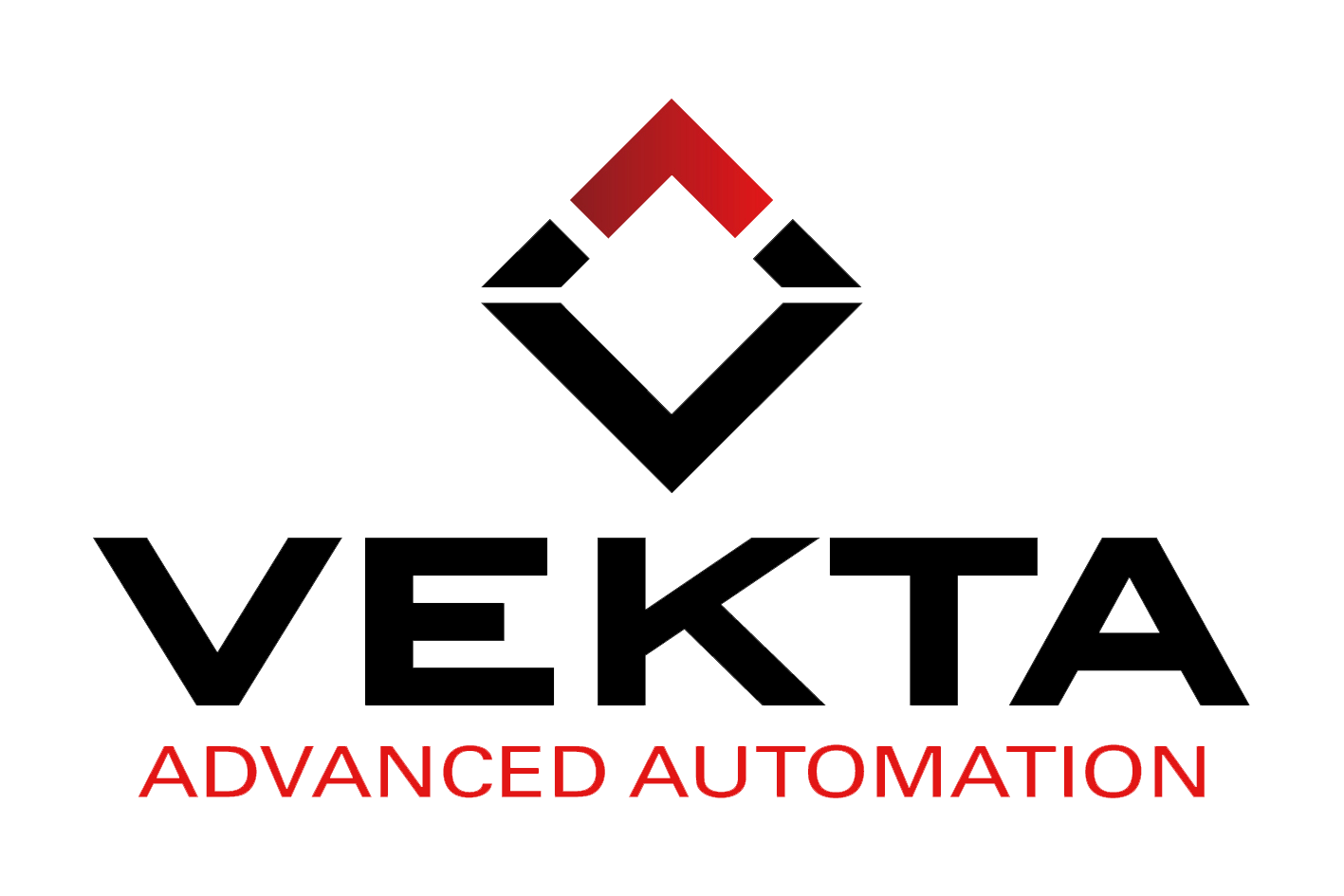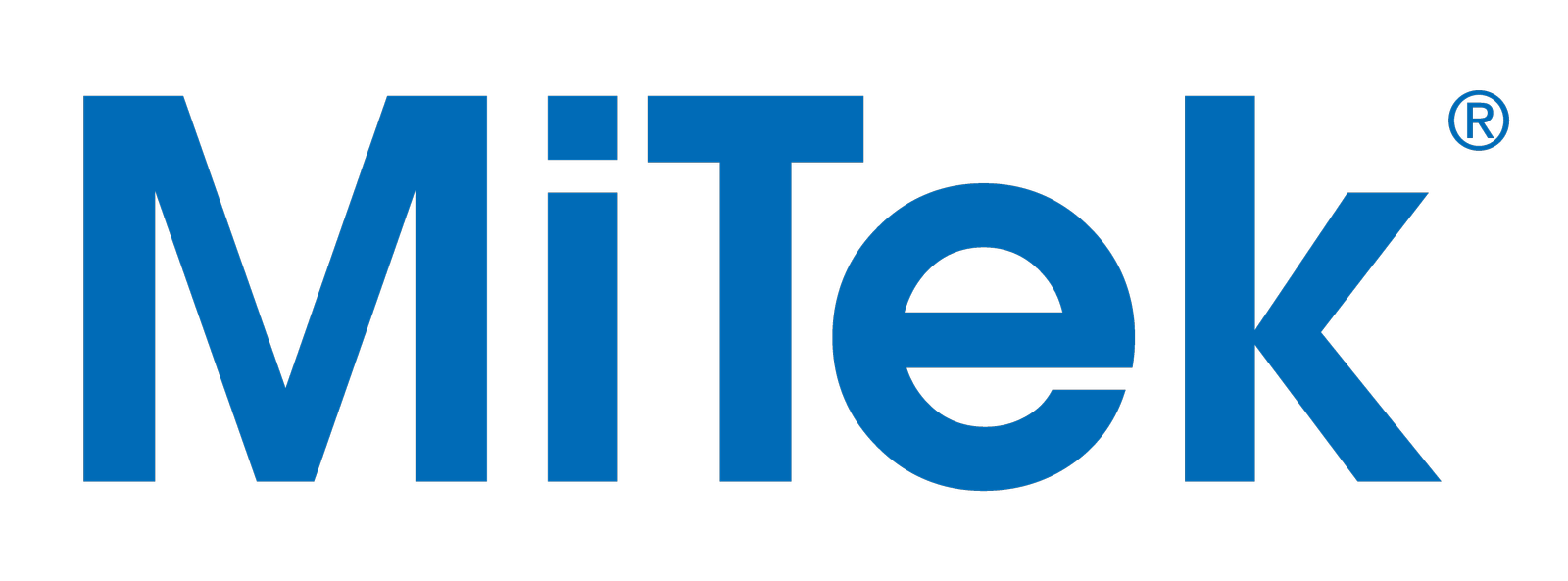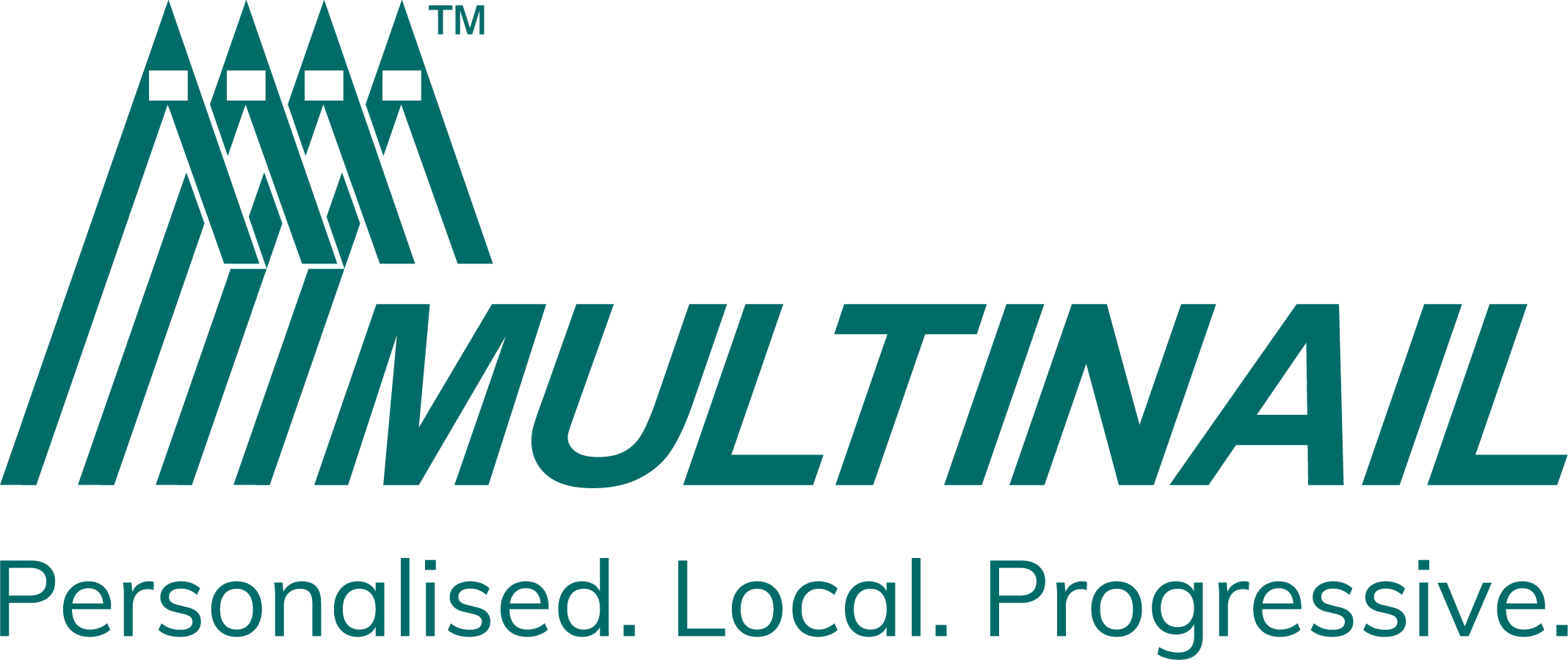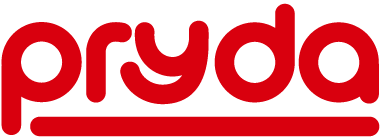
This piece was written and provided by FTMA Strategic Partner, Vekta Automation.
In today’s fast-paced frame and truss manufacturing environments, efficiency and waste reduction are paramount.
Traditional production methods often fall short in meeting the demands of modern businesses, paving the way for Real-Time Optimisation (RTO) and Just-In-Time (JIT) delivery to make their mark.
Done correctly, these strategies can revolutionise operations, leading to increased productivity, reduced costs, and improved customer satisfaction.
In the realm of manufacturing, JIT delivery has long been hailed as a cornerstone of efficiency. By synchronising production with demand, JIT aims to minimise inventory and reduce waste. However, the rigid structure of JIT can sometimes prove to be a constraint, limiting flexibility and responsiveness in the face of unexpected changes. This is where RTO emerges as a powerful solution.
RTO goes beyond the limitations of JIT by offering a more flexible and responsive approach to manufacturing planning. By combining the efficiency of JIT with the adaptability of RTO, manufacturers can achieve a new level of performance.
The Principles of Real-Time Optimisation
While RTO can be of benefit to any plant running a Razer saw, it was specifically designed and developed to maximise the benefit of plants that are running Packfeeders, Razer Saws and Direct Delivery Systems.
RTO allows the operator to make changes to the optimisation while the saw is still cutting to better suit the needs of the factory. It is no longer necessary to stop the saw to perform tasks such as re-optimising and cutting re-cuts.
The RTO system only optimises the next stick of timber the Packfeeder needs to pick. Consequently, multiple job files can be optimised together but the cutting capacity assigned to each can be varied in real time to provide line balancing. This efficient method of optimising over multiple job files allows improved optimisation while specific cutting order and orientation can be provided for the benefit of the operators at the point-of-use assembly stations.
As a simple example, a frame file may be cut with a truss file to enable short frame components to be used to reduce waste while cutting the truss components. The outfeed direct delivery system then removes any confusion by delivering the truss components to the truss jig – in the correct order and orientation – while the frame components go directly to the framing station.
This process of only optimising one stick at a time also helps to address inefficiencies surrounding recuts. Any device on the local network can be used to schedule a component for recutting. The component is then guaranteed to be included in the next stick of timber the Packfeeder picks. If possible, other members from the current job files being cut will also be included in the new stick of timber to reduce waste. The scheduled recut member is then cut and delivered appropriately without any involvement from the saw operator.
Vekta Real-Time Optimisation Software: A Game-Changer
While true real-time optimisation has been a long-promised industry “holy grail” Vekta’s RTO is already here and providing comprehensive solutions for high-volume frame and truss plants in the U.S.A., Australia, and New Zealand.
Vekta’s software leverages decades of technology advancements and intelligent algorithm development to provide unparalleled flexibility and control of the cutting and production planning processes.
Key features include
- Simultaneous Optimisation: instantly optimise multiple jobs across assembly stations, minimising waste.
- Real-time Adjustments: adapt cutting volumes and flow to meet dynamic point-of-use demand.
- Decentralised Interface: empower your operators with the ability to schedule zero-disruption recuts directly from the point-of-use. Load, adjust, reorder, and reroute in real-time from any network device.
- Multi-saw Management: efficient single operator control of multiple saws, reducing labour requirements and costs.
- Continuous Cutting Lists: eliminate end-of-file waste through seamless job transitions, optimising material usage.
Simply put, Vekta’s RTO empowers businesses to maximise efficiency, adapt to changing demand, empower operators, reduce labour costs and minimise waste.
By leveraging Vekta’s RTO software, high-volume frame and truss plants can unlock the full potential of real-time optimisation and just-in-time delivery, transforming their operations and achieving a sustainable competitive advantage.
Our Principal Partners



